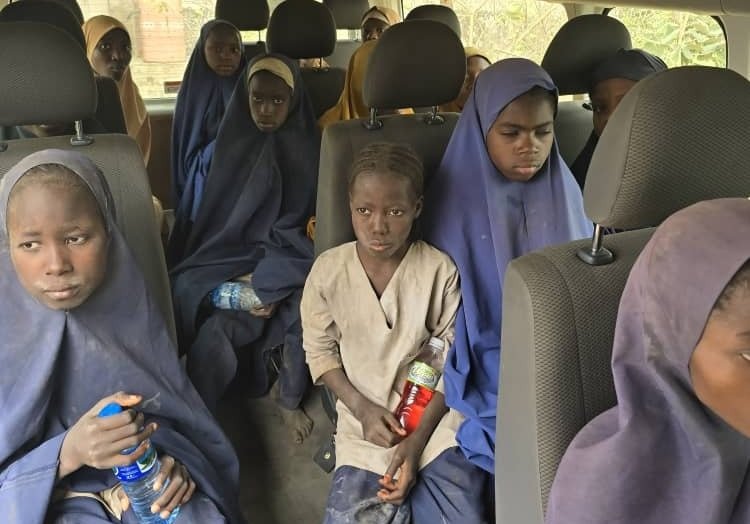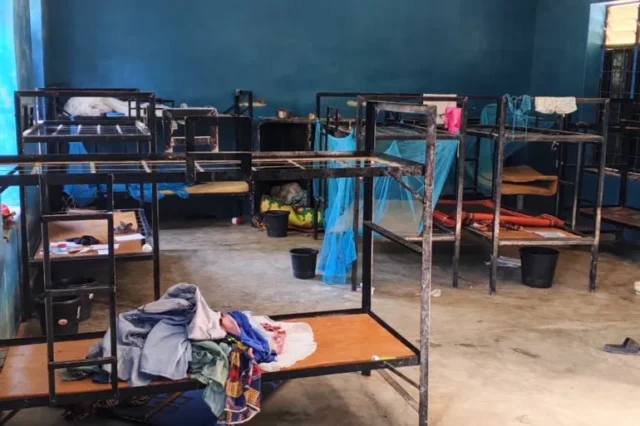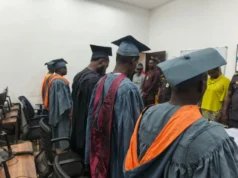In a deeply troubling escalation of insecurity, gunmen have abducted 303 schoolchildren and 12 teachers from St. Mary’s Catholic School in the remote Papiri community of Niger State, Nigeria, according to the Christian Association of Nigeria (CAN). This revised figure, significantly higher than initial reports of 215 students, emerged following a thorough verification exercise.
Table of Contents

The True Toll of the Kidnap of Schoolchildren
Most Rev. Bulus Dauwa Yohanna, head of CAN’s Niger State chapter, announced the updated numbers after personally visiting the school. In addition to the 303 students, he revealed that 88 others—boys and girls aged between 10 and 18—were also seized as they tried to flee when the assailants struck.
The scale of this abduction underscores a pattern of violence against educational institutions, particularly in volatile regions. The updated count follows a “final census” and verification exercise, suggesting the magnitude of the tragedy may have initially been under-reported.
Rescue Efforts and Unanswered Questions
Authorities have responded with urgency. Tactical units have been deployed to Papiri, and the government has also enlisted local hunters to help recover the abducted children. Despite these efforts, no group has claimed responsibility for the attack, and the motive remains unclear.

Relatives are understandably distraught, while church leaders are calling on families to stay calm and rely on prayer. Rev. Yohanna himself sharply criticised a state government claim that the school has reopened, calling such statements false and a potential “afterthought … to shift blame.”
Why Schoolchildren Are Being Targeted
This is not an isolated incident. Just four days earlier, kidnappers abducted 25 schoolchildren from another institution in Kebbi State’s Maga town, about 170 kilometres away.
Security analysts point out that schools have become “strategic” targets: in a conflict-ridden country like Nigeria, kidnappers use school abductions to draw widespread attention, exert pressure, or demand ransom. The targeting of young, defenceless students has a deep psychological impact and draws international outrage.
Compounding the crisis is a systemic lack of preparedness: only 37% of schools in conflict-affected Nigerian states have early-warning systems, according to UNICEF.

The Human Cost: Hope, Fear, and Urgency
Behind the numbers are real lives: anxious parents waiting for news, communities torn apart, and a mounting national conversation about security. CAN’s public appeal emphasises calm and faith, but many are demanding faster and more transparent action from the government.
For now, the fate of those abducted remains uncertain. Security agencies are under enormous pressure. The deployment of local hunters alongside formal squads highlights both the severity of the crisis and how stretched conventional forces may be.
Join Our Social Media Channels:
WhatsApp: NaijaEyes
Facebook: NaijaEyes
Twitter: NaijaEyes
Instagram: NaijaEyes
TikTok: NaijaEyes
READ THE LATEST EDUCATION NEWS





